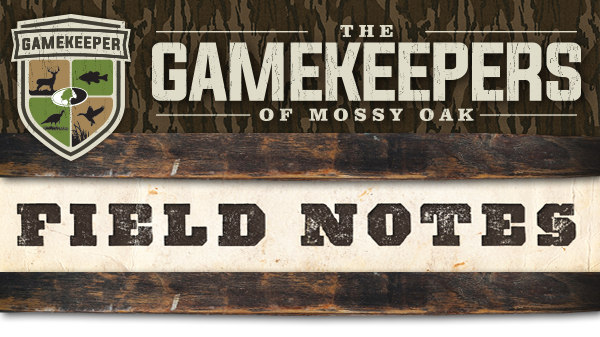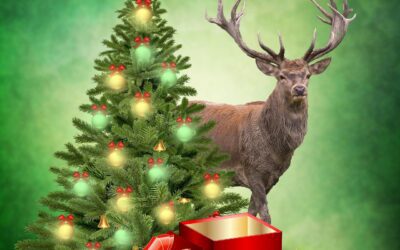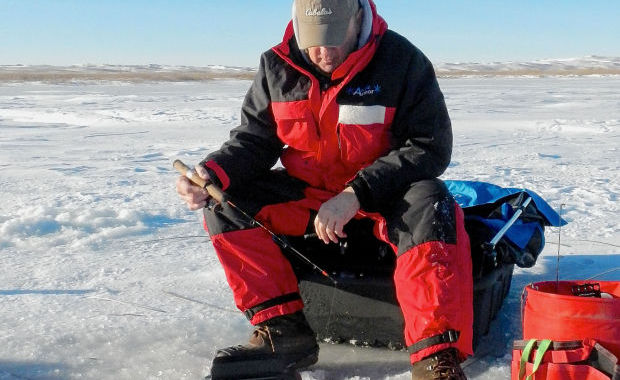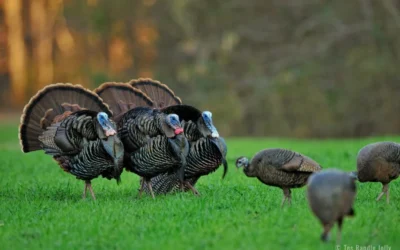The following is our go-to breakdown of everything you need to know when identifying the where, when, and how of animal tracks in the backcountry.
Where To Look For Animal Tracks
The first step to identifying animal tracks is knowing where to look for them. Though some trails are perfectly suited for finding perfectly outlined muddy prints and impressions, others—such as gravel, dry, grass, or hard-packed trails—leave no trace.
Some of the best conditions for finding tracks include:
Fresh snow
A fresh, thin layer of snow is best for identifying the prints of larger predators, as heavier animals tend to sink into thinner drifts, disguising the track.
Thick mud
The best areas to look for impressions in thick mud include along streams, lakes, and riverbeds or trailside after a soaking rain.
Soft soil
Though the hard-packed soil of the trail rarely holds any indent, softer soil along the side of a trail will hold an easily identifiable impression if it is moist.
When To Look For Animal Tracks
The best times of day to look for animal tracks while backcountry tracking is in the early morning and late afternoon. At these times, you can use the long shadows that are cast by the sun’s position in the sky to spot tracks.
Conversely, direct overhead sun flattens tracks and makes them more challenging to identify from a distance.
How To Identify Animal Tracks
Once you have found your tracks, you can begin identifying them.
There are multiple aspects of a track that you should observe to help you identify what type of animal they belong to and, more importantly, whether that  animal is still in the area.
animal is still in the area.
Understanding Track Patterns
The first thing to consider when identifying a track is the walking pattern that is displayed. This can help you discern which group of animals the tracks belong to.
There are four basic and unique track patterns to look for, including:
Perfect walkers
Zig-zaggers or perfect walkers are animals that walk slowly and carefully to conserve energy. This type of track can typically easily be identified by the animal’s rear hoof or paw that lands in the exact spot that the front paw fell, creating a zig-zag pattern of tracks.
Moose, coyote, and bobcats are common perfect walkers.
Waddlers
Waddler tracks give the impression of an animal that shifts its weight entirely from one side to the next as it walks. This will leave an indentation of four prints, as the hind feet do not fall into the front feet’s impressions.
Smaller animals, such as skunks and muskrats, are waddlers. However, bears also leave waddler impressions at a full trot.
Bounder
Bounders like otters and weasels move by placing their front feet down and leaping forward in one motion, with their back feet falling next to their front paw prints. These tracks can be identified as two prints parallel to one another.
Hoppers
Hoppers leap forward with the rear legs as they move, with the hind feet landing in front of where the front feet fell first.
This leaves a leapfrog pattern commonly seen in smaller, non-predatory animals and rodents, including rabbits and squirrels.
Understanding Track Characteristics
The next step in identifying a print is to examine smaller details, including:
Width and length
Looking at the width and length of a print is the best way to differentiate between closely related animals, such as grizzly and black bears, coyotes, and wolves.
Number of toes
Major groups of animals have different numbers of toes. For example, felines have four toes, while bears have five.
Nails
Canines often leave nail prints where felines don’t because they can retract their nails. However, a large feline may leave nail tracks when on alert.
Depth
The depth of a track indicates the size of the animal that left it. This is an important aspect of maintaining your safety during backcountry tracking.
Top Common Predator Tracks
Based on these characteristics, tracks can be further divided into some basic groups, including canine, feline, hoof, and bear tracks.
Canine tracks.
Canine tracks typically consist of four toes, a heel pad that has a slight inward curve at the bottom middle, and forward-facing claw prints. For canines, the front paws are significantly more sizeable than the rear ones.
Common canine predator tracks include those left by wolves and coyotes. Wolf prints are the largest in the canine group, typically measuring four inches in length. Meanwhile, coyote prints are similar but smaller and narrower than the wolf’s wide-set toes, maxing out at three and a half inches.
Feline tracks.
Feline tracks also consist of four toes and a heel pad. However, the heel pad will display three distinct lobes at the bottom, and nail tracks are typically not visible. A feline print is also as wide as it is long, giving a rounder overall appearance than the canine print.
Cougar and mountain lion prints are the largest, measuring in at greater than three inches. Bobcats, on the other hand, leave tracks that are no bigger than two inches.
Bear tracks.
Of all North American predators, it’s nearly impossible to miss a bear track. The huge paws leave a clear impression of five round toes, a wide heel pad, and easily discernible claw marks.
Black bear claws are wider set than a grizzly’s, while a grizzly’s toes appear to fall closer together, forming an almost unbroken line of toe marks above the foot pad.
The Takeaway
Always be aware of your surroundings on the trail and keep a pocketbook of commonly found tracks in your region.
If you do come across a set of tracks, check for signs of freshness and remain alert to the possibility of one of North America’s amazing predators lurking nearby.
For more from GameKeeper Farming For Wildlife, join our weekly newsletter or subscribe to GameKeepers Magazine. Your source for information, equipment, know-how, deals and discounts to help you get the most from every hard-earned moment in the field.





0 Comments